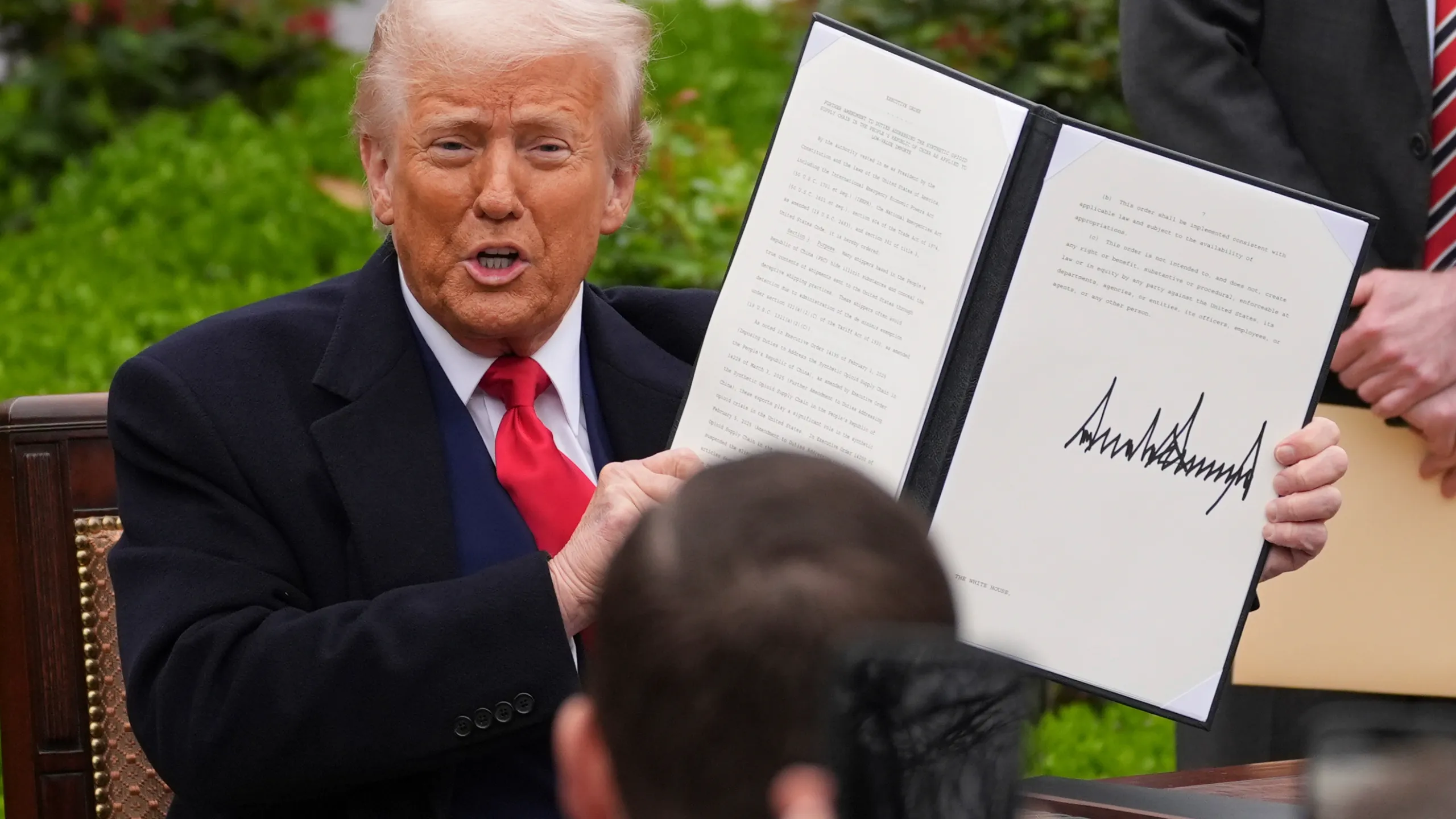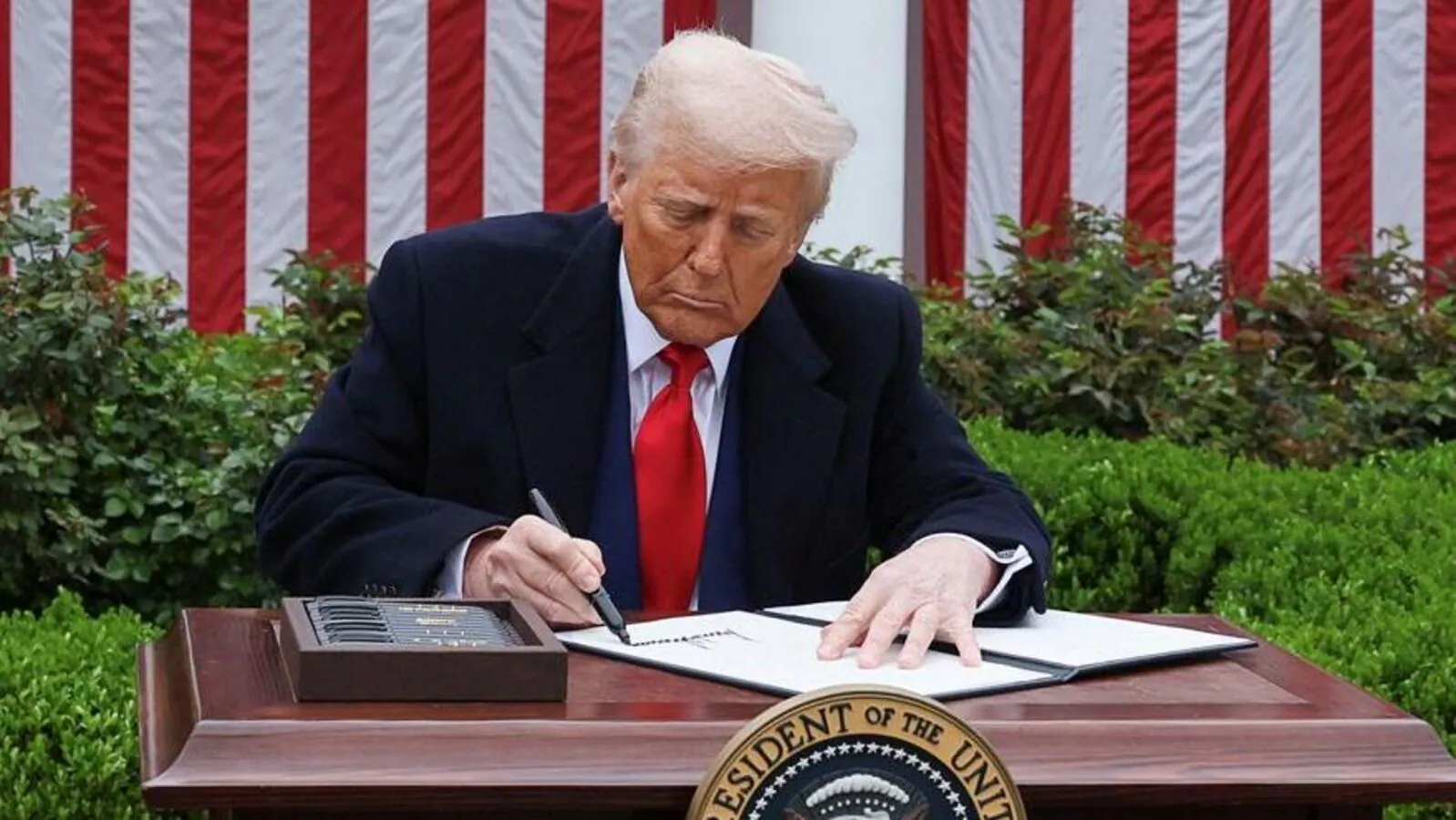
The escalating trade tensions between the United States and China have been a dominant feature of the global economic landscape for several years. However, recent developments suggest a possible shift towards cooperation, marked by high-level diplomatic engagements aimed at easing the strained relationship. A significant milestone in this direction was the recent meeting held in Stockholm, where officials from both superpowers came together to discuss pathways to reduce frictions and foster better economic ties.
Background of US-China Trade Relations
Since the onset of trade disputes in the late 2010s, the relationship between the US and China has been characterized by tariffs, trade restrictions, and strategic rivalry. These measures had ripple effects on global markets, supply chains, and international trade policies. The US, under various administrations, has concerned itself with issues such as intellectual property theft, market access, and fair trade practices. Conversely, China has emphasized its economic development goals, often pushing back against what it perceives as unfair treatment.
This ongoing tussle has not only impacted bilateral trade but has also contributed to geopolitical tension, prompting calls from various international bodies for dialogue and negotiation. With both nations recognizing the economic importance of stability and cooperation, recent efforts show a cautious optimism towards de-escalation.
The Stockholm Meeting: A Step Towards Reconciliation
The Context and Significance
The recent meeting in Stockholm marks a significant development in US-China relations. Hosted in the Swedish capital, the gathering involved senior officials and trade representatives from both sides. This venue, often seen as neutral ground, provided an ideal platform for open dialogue away from the intense media scrutiny of other global capitals.
The main objectives of the meeting included:
- Addressing specific trade disputes and identifying potential areas of compromise.
- Re-establishing lines of communication to prevent misunderstandings and miscalculations.
- Exploring cooperation on global issues such as supply chain resilience, technological standards, and climate change initiatives.
Key Topics Discussed
According to reports from , the focus remained on de-escalating the trade war, establishing trust, and creating a framework for future negotiations.
- Trade Tariffs and Market Access: Discussions involved reducing tariffs two years after their imposition and reversing some of the trade restrictions that have hurt global supply chains.
- Technological Cooperation: Both sides expressed a desire to collaborate on critical technology sectors like semiconductors and artificial intelligence, aiming to establish fair standards and protect intellectual property rights.
- Addressing Economic Security Concerns: Ensuring that trade does not compromise national security while maintaining economic openness was a recurring theme.
- Global Supply Chain Stability: Recognizing the fragility exposed during the COVID-19 pandemic, representatives sought joint efforts to strengthen international supply networks.
Implications of the Meeting
The implications of this meeting extend beyond bilateral ties, touching on the broader geopolitical and economic landscape. A successful thaw in US-China relations could lead to:
- A more stable global economy: With reduced trade tensions, markets can focus more on growth and innovation, rather than uncertainty and fear of conflict.
- International cooperation on climate and health issues: Both nations are key players in global initiatives such as climate change mitigation and pandemic preparedness, making cooperation essential.
- Trade policy reforms: The discussions could pave the way for long-term trade agreements that benefit both economies and enhance fairness.
Challenges and Future Outlook
Despite the promising signals, challenges remain. Deep-seated issues such as technological dominance, cybersecurity, and ideological differences continue to pose hurdles. Both sides will need patience, flexibility, and genuine commitment to transform dialogue into tangible action.
Experts suggest that ongoing dialogue is crucial. The Stockholm meeting is seen as an initial step, demonstrating good-faith efforts and the recognition that collaboration benefits all parties in the long run. However, sustained negotiations and mutual concessions will be necessary to turn this temporary thaw into enduring peace.
Global and Regional Impact
The ripple effects of this rapprochement could influence regional dynamics and global economic governance. Allies and partners will closely watch US-China interactions, adjusting their strategies accordingly. Successful negotiations might also encourage other countries to prioritize diplomatic engagement over conflict, fostering a more cooperative international environment.
Conclusion
The recent US-China meeting in Stockholm marks a pivotal moment in the pursuit of improved diplomatic and trade relations between two of the world’s most influential countries. While the road ahead is complex and fraught with obstacles, the willingness to engage in dialogue signifies recognition of mutual interests and the importance of stability. Both nations appear to be taking cautious but vital steps toward tranquility in their economic and strategic confrontations.
As history often shows, sustained diplomacy and honest communication are vital in overcoming conflicts, and the Stockholm meeting provides a glimpse of hope for a more cooperative future between the United States and China.
For more updated news please keep visiting Prime News World.








